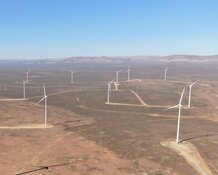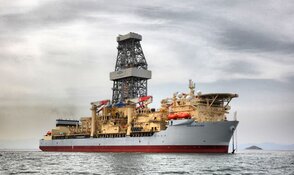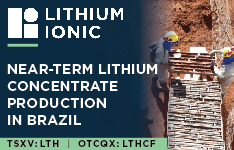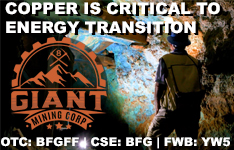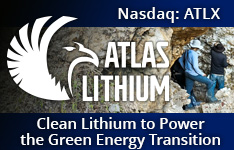New Zealand Energy Corp.'s (NZ:TSX.V; NZERF:OTCQX) Tariki-5A gas development well in New Zealand's Tikorangi Formation yielded positive results, reported Auctus Advisors Analyst Stephane Foucaud in a Dec. 3 research note. Auctus updated its model on the oil and gas company, and this led to a reduction in target price, to CA$3.50 per share from CA$3.80.
New Zealand Energy is trading now at about CA$1.13 per share. This means the potential return for investors implied in the new target is 210%.
Auctus has a net asset value (NAV) on the company's Proven and Probable (2P) reserves of about CA$1.85 per share and a risked exploration NAV of CA$3.53 per share.
Results Exceed Expectations
Foucaud summarized the findings of Tariki-5A's the preliminary results. The well encountered a gas column of at least 8 meters (8m) out of a gross Tariki sand of about 60m. Another column extending 8–12m may be confirmed when analyses of the log are completed.
"This is above company expectations," Foucaud wrote.
Additionally, the gas-water contact appears to be deeper than expected from the offset well, Tariki-1A, which positively impacts the gas volume still in place, noted Foucaud.
New Zealand Energy management expects the reservoir to deliver at least 9 million cubic feet per day (9 MMcf/d) of gas. This is enough to meet and exceed the 6.5 MMcf/d of gas the Tariki Joint Venture needs to fulfill its sales agreement with Genesis Energy, L.P. (GEL:NYSE.MKT). Gas sales above this level may be sold at spot prices.
Revised Assumptions
Auctus made a few changes to its model on New Zealand Energy, which led to its lower target price on it. For one, the financial advisory services firm increased its expected recoverable volumes net to the energy company by 20% to about 850,000 barrels of oil equivalent. Also, Auctus accounted for the dilution associated with New Zealand Energy's recent CA$2 million (CA$2M) equity raise.
Path to Monetization
Foucaud explained that monetization of the Tariki field will occur in three stages. In the first, New Zealand Energy will produce a portion of the 2P reserves. Auctus estimates this at about ~3,500,000,000 cubic feet equivalent (3.5 Bcfe) of gas net to New Zealand Energy.
Next about 2 Bcfe of producible natural gas, net to New Zealand Energy, will be left in the ground "and sold as cushion gas on conversion to gas storage." Foucaud noted that this could bring in more than US$20M net, but Auctus conservatively assumes only US$15M.
"The larger-than-expected gross sand also has positive implications for the potential size (and value) of the future gas storage after conversion," Foucaud pointed out.
In the third stage, New Zealand Energy envisions a domestic utility funding the conversion capex of Tariki into a gas storage asset and paying the company a net fee each year, an amount translating to about CA$0.25–0.35 per share annually.
According to Auctus' estimate, by year-end 2026, New Zealand Energy should have about US$35M in net cash, nearly double its current market cap of US$19M.
Catalyst Before Year-End
Foucaud noted that production from the Tariki-5A well is on track to commence later in December.
| Want to be the first to know about interesting Oil & Gas - Exploration & Production investment ideas? Sign up to receive the FREE Streetwise Reports' newsletter. | Subscribe |



